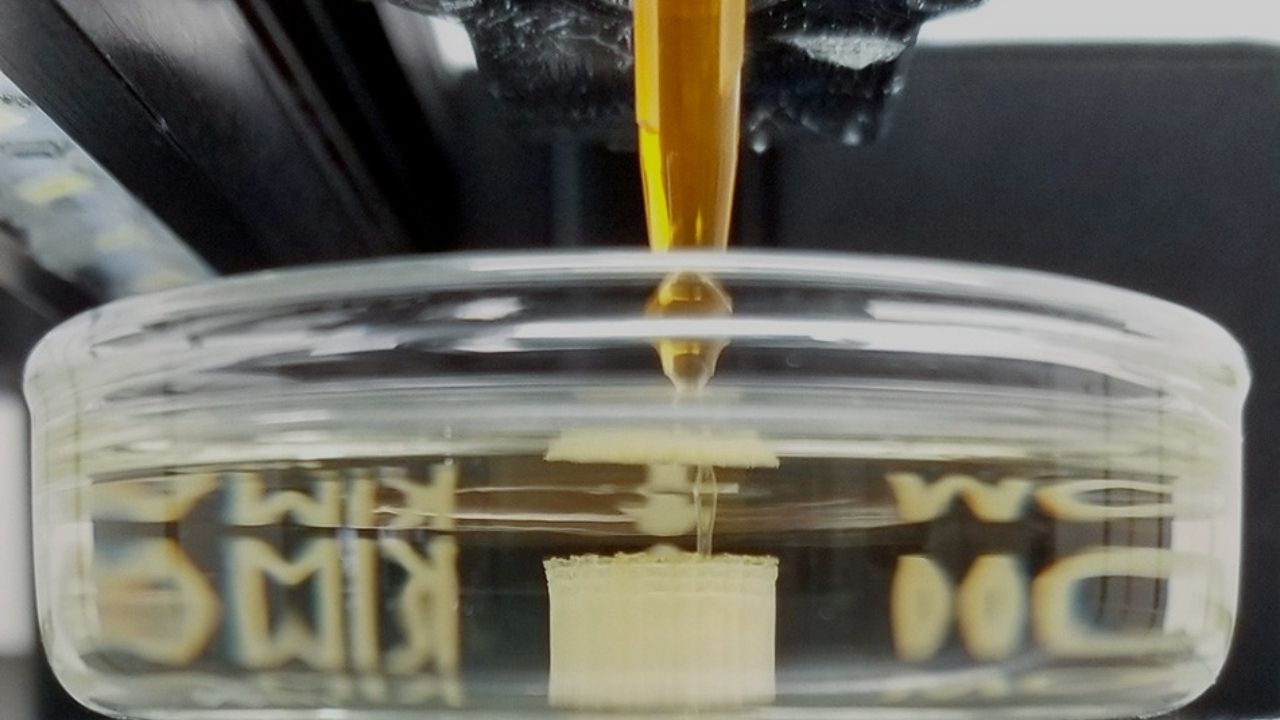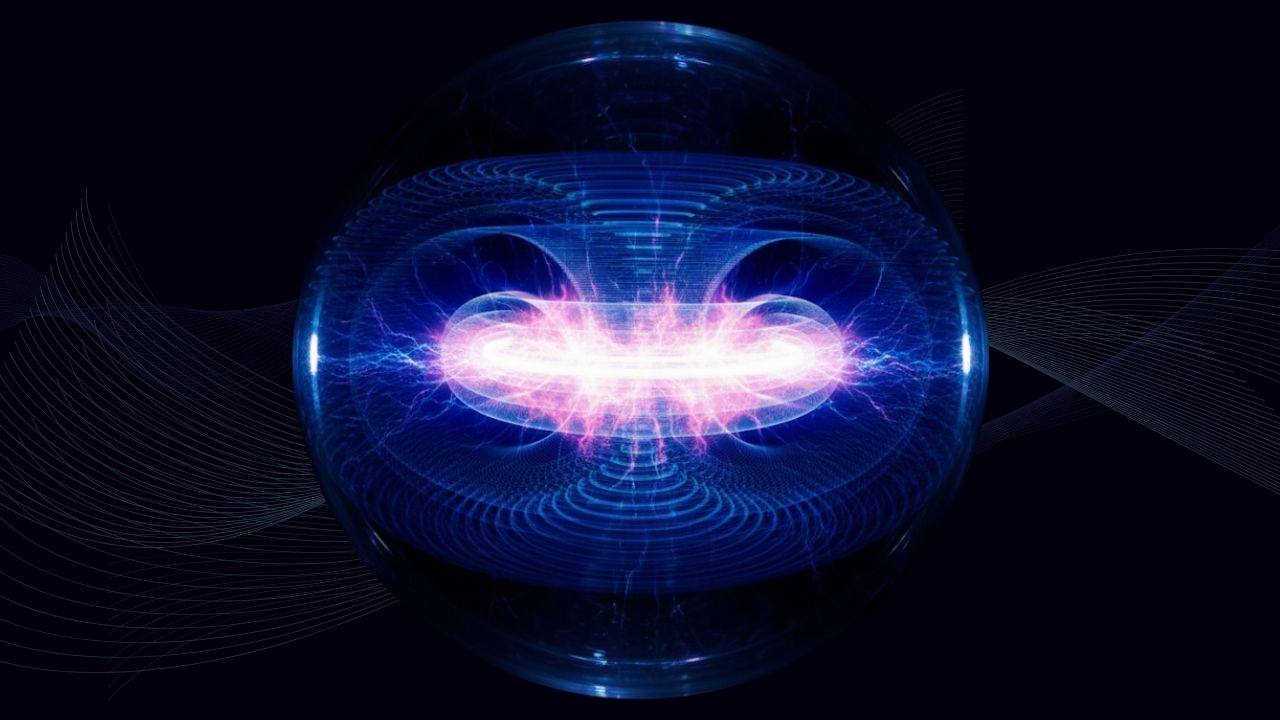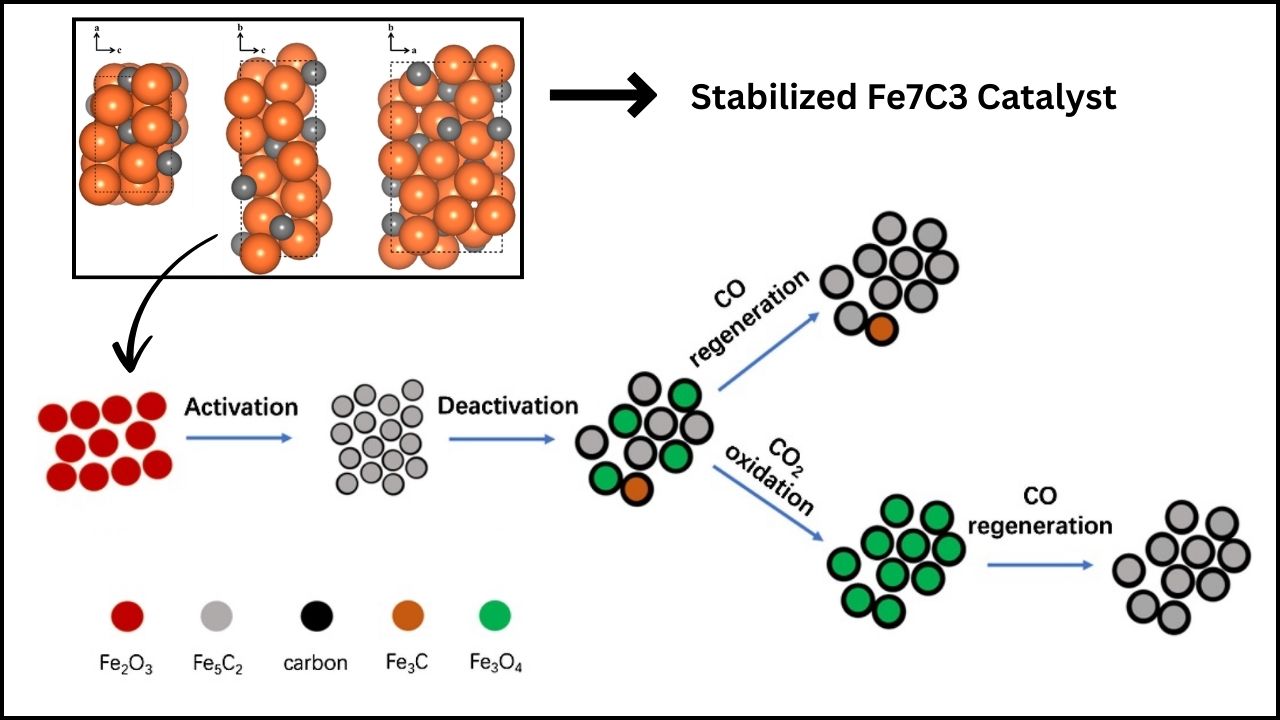Advanced Nanoscale Devices: The phrase “New Framework Offers Microscopic, Highly Precise Energy Control for Advanced Nanoscale Devices” is more than just a scientific headline—it’s a glimpse into the future of technology, sustainability, and innovation.
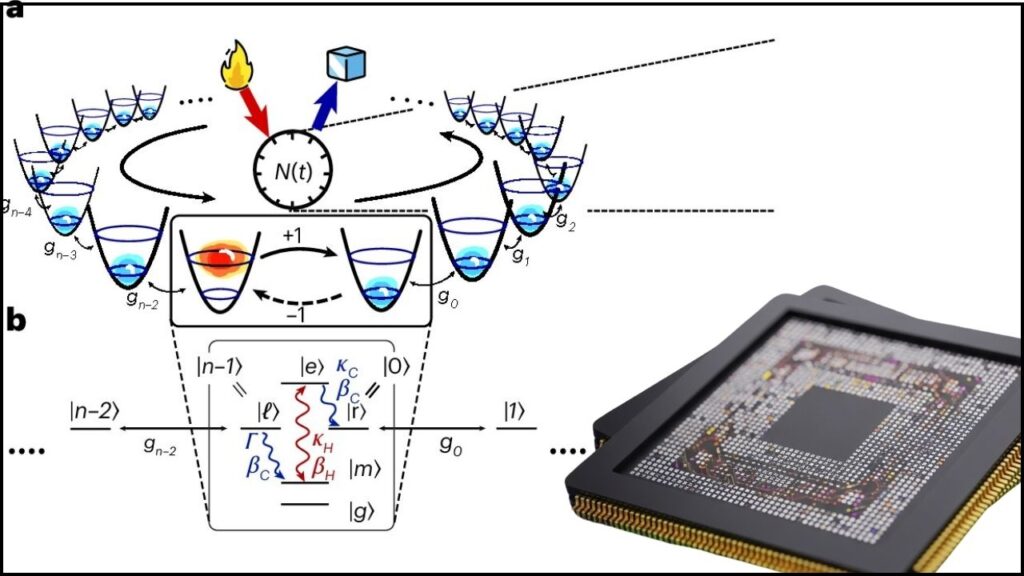
This breakthrough framework is transforming how we use and manage energy at unimaginably tiny scales, opening doors to smarter electronics, cleaner energy, and even new medical tools. Whether you’re a tech enthusiast, a student, or a professional, understanding this topic will help you see how the smallest things can make the biggest difference.
Advanced Nanoscale Devices
| Feature/Fact | Details |
|---|---|
| What is it? | A new scientific framework for controlling energy at the nanoscale (billionth of a meter) with extreme precision. |
| Main Benefits | Enables more efficient, faster, and smaller electronics; boosts renewable energy tech; improves batteries and sensors. |
| How it works | Uses quantum effects and surface area maximization to optimize energy use and transfer. |
| Professional Impact | Opens new careers in nanotechnology, materials science, and energy engineering. |
| Official Resource | Royal Society of Chemistry – Nanoscale |
The new framework for microscopic, highly precise energy control is revolutionizing the way we think about and use energy. By leveraging the unique properties of materials at the nanoscale, scientists and engineers are building a future with smarter electronics, cleaner energy, and better healthcare. Whether you’re a student, professional, or simply curious, understanding this technology puts you at the cutting edge of tomorrow’s innovations.
Understanding Nanoscale Energy Control
What Does “Nanoscale” Mean?
The nanoscale refers to sizes between 1 and 100 nanometers—a nanometer is a billionth of a meter! At this scale, materials behave differently than they do in bulk. For example, gold at the nanoscale isn’t yellow—it can appear red or purple. This is because the rules of quantum mechanics take over, letting scientists create materials with unique properties.
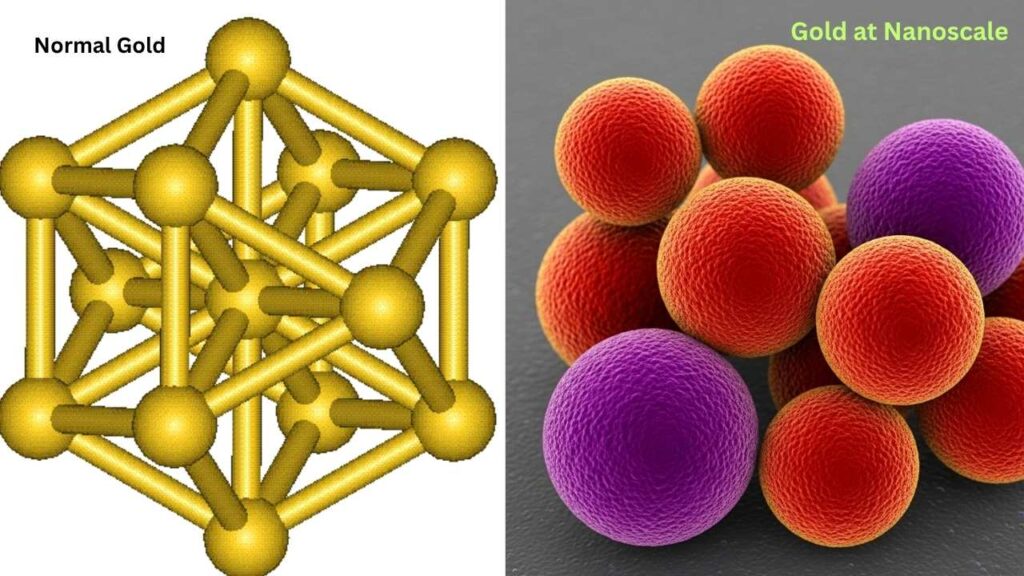
Why Is Energy Control Important?
Energy control means managing how energy is used, stored, and transferred. At the nanoscale, this control is crucial for making devices that are more efficient, faster, and smaller. Imagine a battery that charges in seconds or a sensor that can detect a single virus—these are possible because of precise energy control at the nanoscale.
How Does the New Framework Work?
1. Maximizing Surface Area
At tiny scales, materials have much more surface area compared to their volume. This helps reactions happen faster and more efficiently. For example, nanoscale materials in batteries can store and release energy much quicker than regular materials.
2. Harnessing Quantum Effects
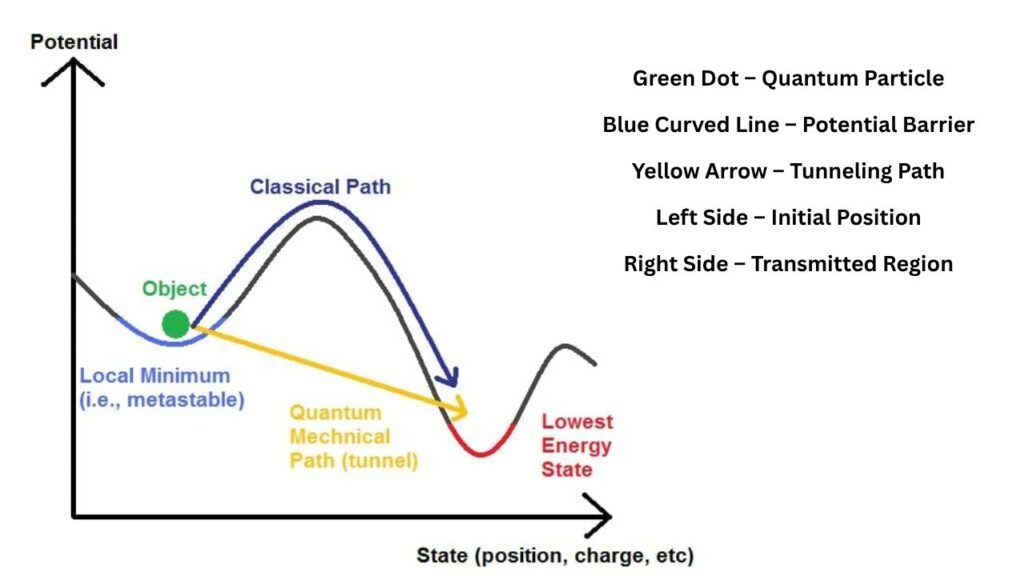
Quantum effects let scientists fine-tune how materials conduct electricity, absorb light, or transfer heat. This means solar panels can capture more sunlight, and electronic devices can run cooler and use less power.
3. Tailoring Material Properties
By changing how atoms are arranged, engineers can make materials that are better at specific jobs—like storing energy, conducting electricity, or sensing chemicals. For instance, nanoarchitected thin films in batteries can increase the amount of energy stored while making the battery lighter and more durable.
4. Self-Assembly and Smart Design
Some nanoscale materials can organize themselves into complex shapes, like tiny flowers or forests. These structures can hold more energy or react faster, making them perfect for high-performance batteries and sensors.
Real-World Examples and Applications
Everyday Devices
- Smartphones and Laptops: Nanoscale transistors allow computers to be faster and use less energy.
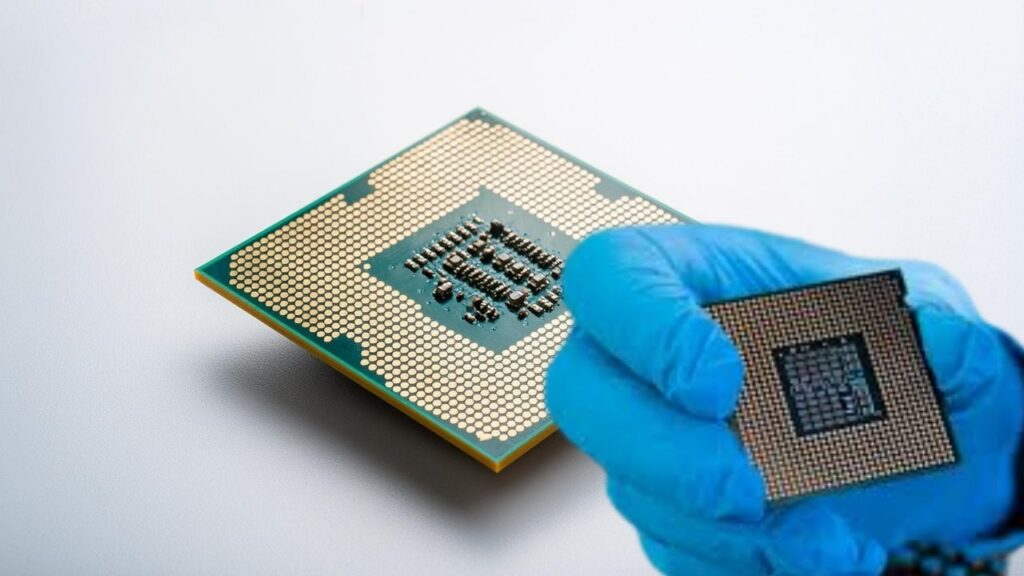
- LED Lights: Nanoscale materials help LEDs shine brighter while using less power.
- Wearable Health Sensors: Tiny sensors can track heart rate or blood sugar with incredible accuracy, powered by nanoscale batteries.
Renewable Energy
- Solar Panels: Nanomaterials can absorb more sunlight and convert it to electricity more efficiently, making solar energy cheaper and more powerful.
- Batteries and Supercapacitors: Nanoscale electrodes store more energy and charge faster, helping electric cars go farther and charge quicker.
Medical Technology
- Drug Delivery: Nanoscale capsules can carry medicine directly to where it’s needed in the body, reducing side effects.
- Diagnostics: Nanosensors can detect diseases much earlier by identifying tiny changes in blood or tissue.
Why Does This Matter for Professionals and Society?
For Engineers and Scientists
This new framework means you can design devices that were impossible just a decade ago. Whether you’re working on renewable energy, electronics, or healthcare, nanoscale energy control lets you push the limits of what’s possible.
For Businesses and Innovators
Companies can create greener products, reduce costs, and enter new markets by adopting nanoscale solutions. For example, using nanotechnology in manufacturing can cut energy use and waste, making your business more sustainable and competitive.
For Students and Career Seekers
The demand for experts in nanotechnology, materials science, and energy engineering is growing fast. Learning about nanoscale energy control opens doors to exciting careers in research, industry, and entrepreneurship.
Step-by-Step Guide: How Nanoscale Energy Control Is Developed
Step 1: Design
Scientists use computer models to predict how different nanoscale structures will behave. They decide what properties they want—like better conductivity or faster charging.
Step 2: Fabrication
Using advanced tools, researchers build these structures atom by atom. Techniques include plasma-surface interactions and self-assembly, where materials organize themselves into useful shapes.
Step 3: Testing
The new materials are tested for energy efficiency, durability, and performance. Special microscopes and sensors help scientists see how energy moves at the nanoscale.
Step 4: Scaling Up
Once successful, these materials are produced in larger quantities and integrated into real-world devices, from batteries to sensors and solar panels.
Microsoft Debuts Majorana 1 Processor: Topological Qubits Pave Way for Million-Qubit Quantum Chips
Scientists Discover Why Symmetrical Crystals Absorb Light Unevenly
Fluorescent Molecules Withstand Extreme Environments Using New Technique
FAQs About Advanced Nanoscale Devices
What is a nanometer?
A nanometer is one-billionth of a meter. For comparison, a human hair is about 80,000 nanometers wide.
Why is energy control at the nanoscale important?
Because it allows for much greater efficiency, speed, and precision in devices, leading to better performance and lower energy use.
Are nanoscale devices safe?
Most are safe, but researchers always study their effects on health and the environment before they’re widely used.
How soon will these technologies affect my daily life?
Many are already here in electronics and medical devices. Expect even more in the next 5–10 years as the technology matures.

